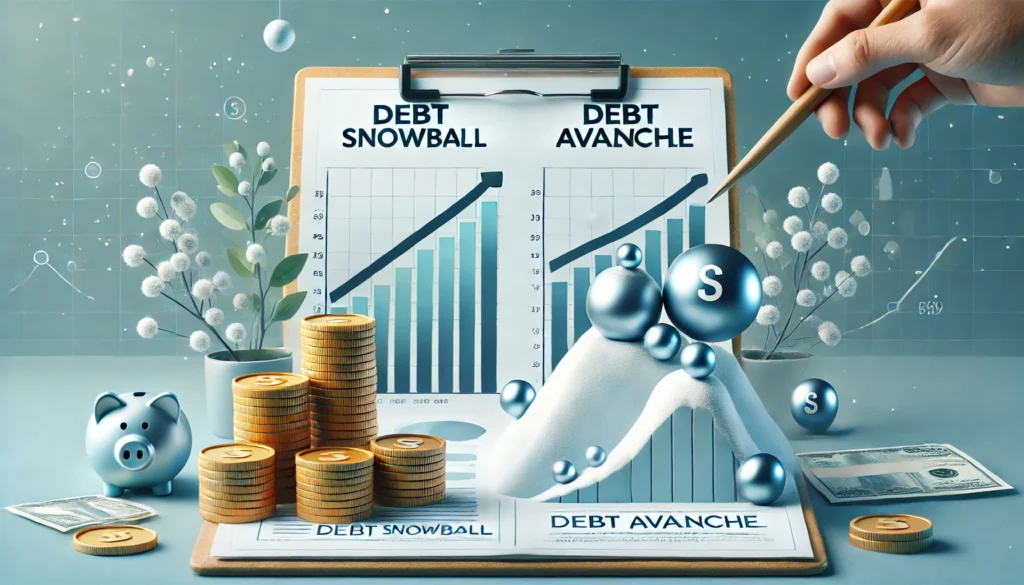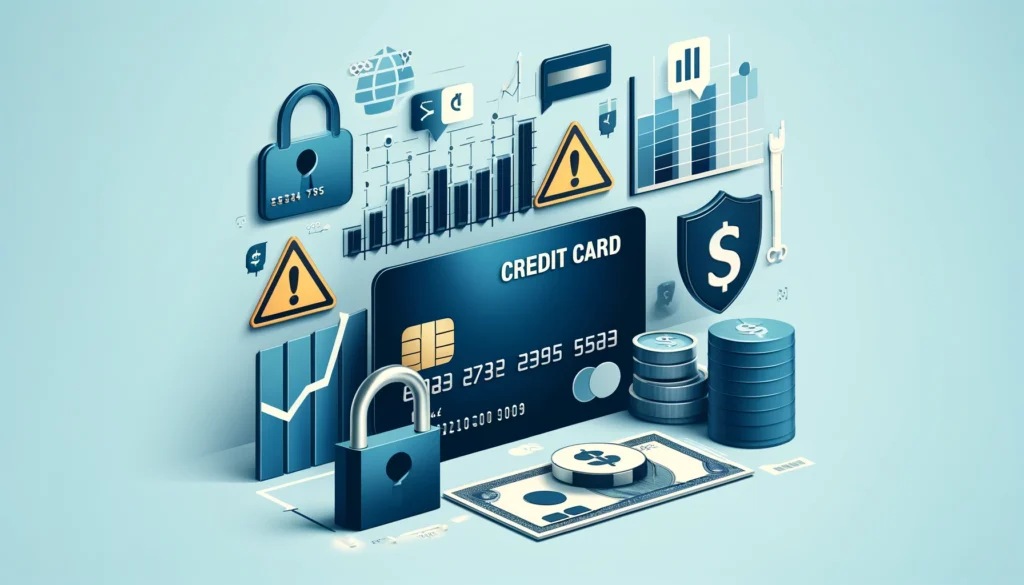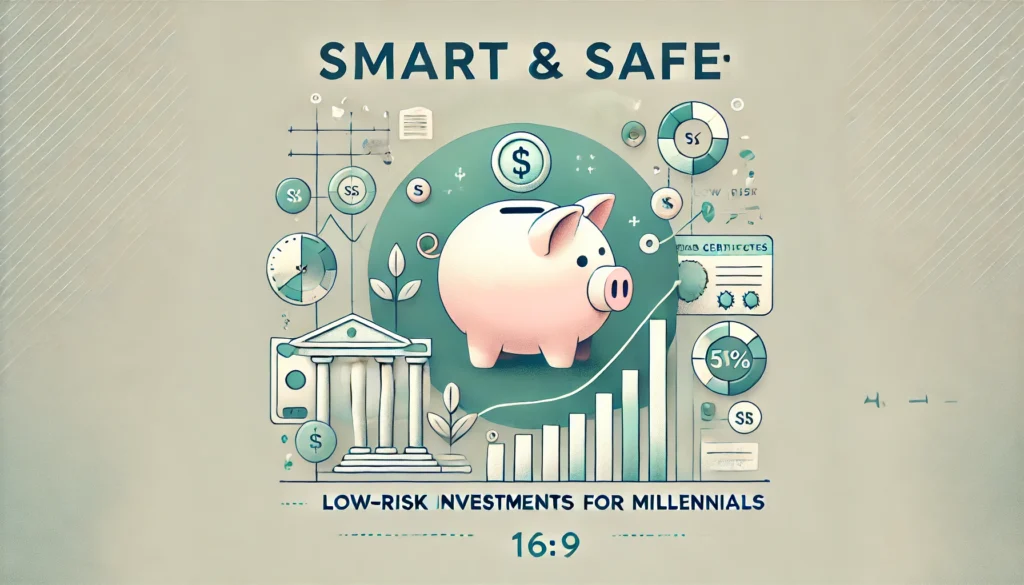Debt can be overwhelming, and navigating multiple loans or credit card balances simultaneously can cause stress, sleepless nights, and financial strain. Whether you have credit card debt, student loans, or car loans, you want to eliminate debt as quickly and efficiently as possible. But which method is best for you?
Two popular debt repayment strategies dominate the conversation: the Debt Snowball and the Debt Avalanche. Both methods aim to help you pay off debt faster while making consistent progress, but they approach the problem from different angles. In this comprehensive guide, we’ll compare the Debt Snowball vs Debt Avalanche methods, discuss their pros and cons, and help you choose the strategy that makes the most sense for your unique financial situation. By the end, you’ll have the confidence and know-how to eliminate debt, reclaim control of your finances, and move closer to financial independence.
Understanding the Burden of Debt
Before we delve into the specifics, let’s take a quick look at the reality of consumer debt around the world. According to various financial studies and industry reports:
- Average Credit Card Debt: In countries like the United States, the average credit card debt for households can run into thousands of dollars.
- Rising Consumer Debt: Around the globe, consumers are juggling mortgages, personal loans, and credit card balances.
Carrying multiple debts often means paying high interest rates, which can slow your progress toward financial independence. Whether you’re striving to become debt-free to save for a down payment on a home, build an emergency fund, or invest, a structured debt repayment approach can be the turning point in your financial journey.
The Debt Snowball Method
What Is It?
The Debt Snowball is a strategy popularized by personal finance expert Dave Ramsey. You begin by listing all your debts from the smallest balance to the largest, regardless of interest rate. The logic is straightforward:
- Order by Balance: List debts from smallest to largest balance.
- Focus on the Smallest First: Make minimum payments on all debts except the smallest one.
- Pay Extra on the Smallest: Throw any extra money—such as a bonus, side hustle income, or monthly budget surplus—towards that smallest debt until it’s paid in full.
- Move to the Next: Once the smallest debt is gone, roll the amount you were paying on it into the payment for the next smallest debt, creating a “snowball” effect.
- Repeat: Continue until all debts are paid off.
Why Does It Work?
The Debt Snowball works largely due to psychological momentum. Paying off the smallest debt first gives you a quick win, providing a morale boost. Crossing one debt off your list can be incredibly motivating and can help you stay committed. This momentum can be especially valuable if you’ve struggled with debt repayment in the past and need encouragement to stay on track.
Pros of the Debt Snowball
- Emotional Victory: Quick wins help build confidence.
- Simple to Start: You don’t need to juggle interest rates in the beginning; just focus on balances.
- Motivation: Seeing debts vanish one by one can motivate you to keep going.
Cons of the Debt Snowball
- Potentially More Interest Paid: Because this method ignores interest rates, you might end up paying more in interest over time.
- Less Optimal for Large, High-Interest Debts: If you have a large debt with a high interest rate, it could sit around longer while you focus on smaller debts first.
The Debt Avalanche Method
What Is It?
Also known as the Debt Stacking method, the Debt Avalanche focuses on tackling your debts in order of highest interest rate to lowest interest rate, regardless of the balance size. Here’s how it works:
- Order by Interest Rate: List all debts, ranking them from highest APR (Annual Percentage Rate) to lowest APR.
- Pay Off the Highest APR First: Make minimum payments on all debts except the one with the highest interest.
- Put Extra Funds on the Highest APR: Apply any additional money to the highest interest debt until it’s cleared.
- Move On: Once you pay off the debt with the highest interest, roll that payment amount into the next debt with the next highest interest rate.
- Continue Until Debt-Free: Keep going in this manner, eliminating the most expensive debts first.
Why Does It Work?
Paying off high-interest debts first saves you money in the long term. The logic here is purely mathematical: attacking the highest interest rate reduces the total amount of interest you pay, so you end up paying off your debts faster overall, assuming you remain consistent with your payments.
Pros of the Debt Avalanche
- Less Interest Overall: You pay less in interest fees, maximizing your monthly payments.
- Mathematically Optimal: If you stay the course, you become debt-free faster compared to focusing on smaller balances first.
Cons of the Debt Avalanche
- Fewer Early Wins: If your highest interest debt also has a large balance, you might go a long time without eliminating any single debt, which can be discouraging for some.
- Complexity: Keeping track of varying interest rates might feel more complicated. You also have to manage potential fluctuations in those rates if you have variable-interest debts.
Comparing the Two Methods
When comparing Debt Snowball vs Debt Avalanche, it’s important to recognize that both methods ultimately share the same goal: eliminating debt and achieving financial independence. Their differences mainly lie in the order in which you tackle each debt and the psychological vs. mathematical approaches.
Below is a summarized comparison:
| Factor | Debt Snowball | Debt Avalanche |
|---|---|---|
| Focus | Smallest Balance First | Highest Interest Rate First |
| Psychological Benefit | Quick wins build momentum | Fewer early victories |
| Interest Paid | Potentially more | Generally less |
| Complexity | Simple, intuitive | More calculations required |
| Who It’s Best For | Those who need immediate motivation | Those comfortable with longer waits |
Ultimately, the “best” method is the one you’ll stick to. Some people thrive on the psychological boost of crossing debts off quickly (Debt Snowball), while others are motivated by saving as much money as possible in the long run (Debt Avalanche).
Deciding Which Method Is Right for You
1. Assess Your Motivation Style
Are you the type of person who’s motivated by quick wins? Or do you prefer the satisfaction of optimal long-term savings? Be honest about what keeps you engaged and consistent.
2. Evaluate Your Interest Rates
If you have one especially high-interest debt, such as a credit card charging 20% APR or more, you might find the Debt Avalanche more compelling since it could save you hundreds—or even thousands—in interest.
3. Consider Your Financial Goals
- Short-Term Goals: If your goal is to feel an immediate sense of relief by closing out some debts quickly, the Debt Snowball might work best.
- Long-Term Goals: If you’re focused on saving the maximum amount of money over time to invest or build wealth, the Debt Avalanche is typically more cost-effective.
4. Look at Your Debt Mix
- High-Interest, Large Balances: If these dominate your debt portfolio, the Debt Avalanche might serve you better.
- Multiple Small Debts: If you have a handful of small debts, the Debt Snowball can provide rapid momentum, potentially leading to more commitment and faster progress overall.
5. Hybrid Approaches
Some people choose a hybrid approach: they begin by paying off a couple of small balances for quick wins, then switch to the Debt Avalanche for long-term savings. This strategy can be the best of both worlds for individuals who need that initial boost but also value minimizing total interest.
Crafting Your Debt Repayment Plan
Whether you pick the Debt Snowball or the Debt Avalanche, the key is to have a structured plan and remain disciplined. Here is a step-by-step guide to setting up your repayment plan:
- List All Debts
- Include the balance, interest rate, and minimum monthly payment for each debt.
- Keep your list easily accessible, whether in a spreadsheet or a budgeting app.
- Choose Your Method
- Decide whether you’ll start with the smallest balance (Debt Snowball) or highest interest rate (Debt Avalanche).
- Write down your rationale to keep you motivated.
- Adjust Your Budget
- Identify areas to cut back on spending—such as dining out or subscription services—to free up cash for extra debt payments.
- Allocate at least a small percentage of each paycheck towards an emergency fund to avoid taking on new debt unexpectedly.
- Automate Your Payments
- Automate minimum payments for all debts to ensure you never miss a due date.
- Transfer any “extra” money each month to your highest-priority debt according to your chosen method.
- Track Progress and Celebrate Milestones
- Regularly review how much you’ve paid off and how far you’ve come.
- Each time you clear a debt, celebrate the milestone in a budget-friendly way—like hosting a movie night at home or treating yourself to a small indulgence.
- Stay Flexible
- If you lose motivation, consider switching from Avalanche to Snowball, or vice versa. The best approach is the one that keeps you consistently paying down your balances.
- Keep an eye on your interest rates. If you qualify for a balance transfer or loan consolidation at a lower interest rate, this could speed up your progress.
Real-Life Example: The Snowball Approach in Action
Imagine you have the following debts:
- Credit Card 1: $500 balance at 18% APR
- Student Loan: $3,000 balance at 5% APR
- Credit Card 2: $2,000 balance at 22% APR
- Car Loan: $10,000 balance at 7% APR
Using the Debt Snowball, you’d start with Credit Card 1 because it’s the smallest balance, even though Credit Card 2 has a higher interest rate. Once Credit Card 1 is paid off, you roll that amount into the payments for Credit Card 2, then move on to the Student Loan, and finally the Car Loan. The sense of accomplishment from clearing the first card quickly may push you to stay disciplined with the larger debts.
Real-Life Example: The Avalanche Approach in Action
Using the same debts, the Debt Avalanche focuses on interest rates rather than balance size:
- Credit Card 1: $500 balance at 18% APR
- Student Loan: $3,000 balance at 5% APR
- Credit Card 2: $2,000 balance at 22% APR
- Car Loan: $10,000 balance at 7% APR
In this scenario, you’d start by paying off Credit Card 2 first (22% APR), followed by Credit Card 1 (18% APR), then the Car Loan (7% APR), and lastly the Student Loan (5% APR). Though it might take a while before you fully pay off that first major debt, the total interest cost will be significantly lower in the long run.
Maintaining Momentum and Building Towards Financial Independence
1. Develop Better Spending Habits
- Track Every Expense: Use an app or spreadsheet to log where your money goes.
- Practice Frugality: Challenge yourself with “no-spend” days or weeks to curb impulse buying.
- Automate Savings: Set up a system to route a fixed amount of each paycheck into a high-yield savings account.
2. Increase Your Income
- Side Hustles: Freelancing, ride-sharing, or selling handmade goods can supplement your monthly cash flow.
- Career Development: Focus on upskilling and networking to boost your income in your primary job.
- Passive Income Streams: Once your debt is under control, consider investing in assets that can generate returns (e.g., stocks, mutual funds, real estate).
3. Emergency Fund First
- Aim to save three to six months’ worth of living expenses in an accessible fund.
- Having this cushion helps you avoid falling back into debt if unexpected costs arise.
4. Tackle One Financial Goal at a Time
- Once you’ve eliminated high-interest debts, divert the money you were using for debt payments into other goals like retirement, education funds, or a mortgage down payment.
- Celebrate each milestone—every cleared debt or every new savings milestone is a step toward financial independence.
Conclusion
Conquering debt is a crucial step toward achieving financial independence and long-term stability. Both the Debt Snowball and Debt Avalanche methods can help you make measurable progress on your debt repayment journey. The choice comes down to what motivates you most:
- If you thrive on immediate, smaller victories, the Debt Snowball might give you the momentum you need.
- If your focus is on minimizing total interest and optimizing your financial strategy, the Debt Avalanche is the mathematically efficient way to go.
Whichever path you choose, the key to eliminating debt is consistency, discipline, and a willingness to adapt if your financial situation changes. By creating a structured plan, automating payments, and celebrating small milestones, you’ll stay committed to your long-term goals.
Ready to take action? Start by listing all your debts and deciding which method resonates with you. Share your plan in the comments or on social media to inspire others and keep yourself accountable. Don’t forget to track your progress and adjust as needed—it’s all part of your journey toward a healthier financial future!
By choosing the best debt repayment strategies and staying focused, you can transform your finances from chaotic to confident. Commit to the method that suits you best and keep up the momentum—your debt-free life is closer than you think!



